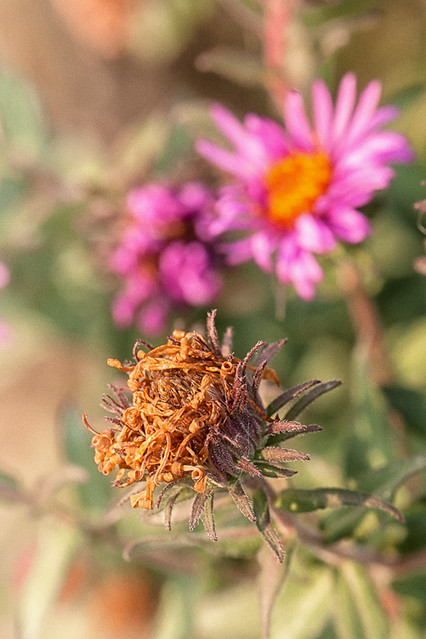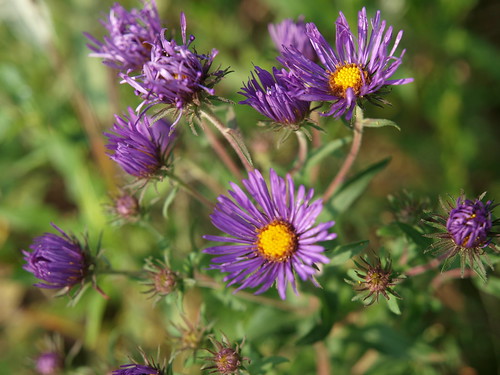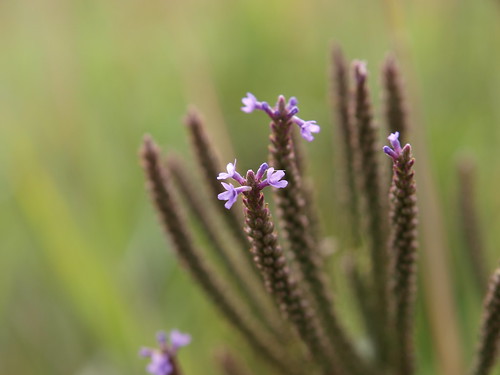
https://www.petwantsclt.com/petwants-charlotte-ingredients/ Asters Life Cycle © 2012 Bo Mackison
Order Tramadol Online Cod 180 … in gardens, beauty is a by-product.
The main business is sex and death …
– Sam Llewelyn, The Sea Garden
Oh, that quote seems so appropriate for many of the botanical photographs I shoot.
I am either shooting the reproductive parts of flowers or I am shooting the flowers that are no longer beautiful flowers but on their way to brown and crispy, or the parts that are left standing to produce the next flowers, the seed heads. But the by-product of all those seeds and reproductive parts make for some pretty fine floral displays in the flowering seasons.
——————–
Bo Mackison is a photographer and the owner of Seeded Earth Studio LLC. She is catching up on photography work at the computer today, after a weekend of weddings and birthday celebrations.









